New House With a Terrible Lawn? 9 Tips to Revive Your Lawn
Congrats on your new house!
Lots of light, cool wood floors, and if you’re lucky, maybe even a ghost or two!
But that lawn? Whoa. Did anybody ever water the poor thing? Or sprinkle some fertilizer?
How to revive your lawn after buying a new house?
Good news! There’s a lot you can do.
Put down those packing boxes and take a look. The pots and pans can wait.
1. What the Heck With All the Weeds?
It doesn’t take long for weeds to invade. So if your new lawn was neglected, it's probably full of them.
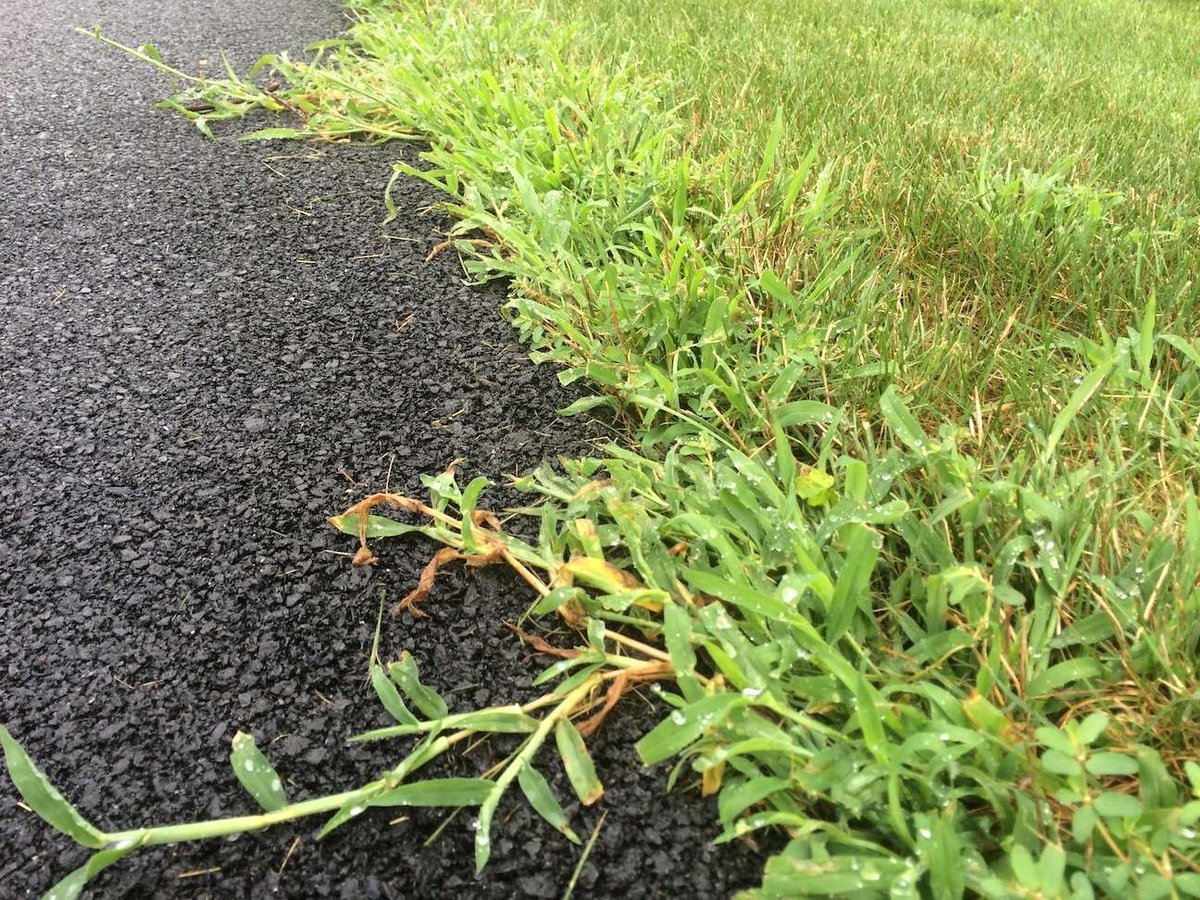
You’ll need a multi-step process here, with weed control that includes pre-emergent weed treatment in the spring, to battle weeds before they sprout; broadleaf applications to hit dandelions and clover; and spot treatments when pesky intruders sneak in.
Be patient. Weed control isn’t a one-time deal. It’s a process. Kind of like deciding if you should really even unpack all those scented candles.
2. Feed Your Hungry Lawn
When’s the last time your poor new lawn ate? You probably have no idea. It might be starving. Lots of homeowners neglect their lawn’s fertilizer needs, only applying it once or twice a year, or forgetting completely. Life gets busy, right?
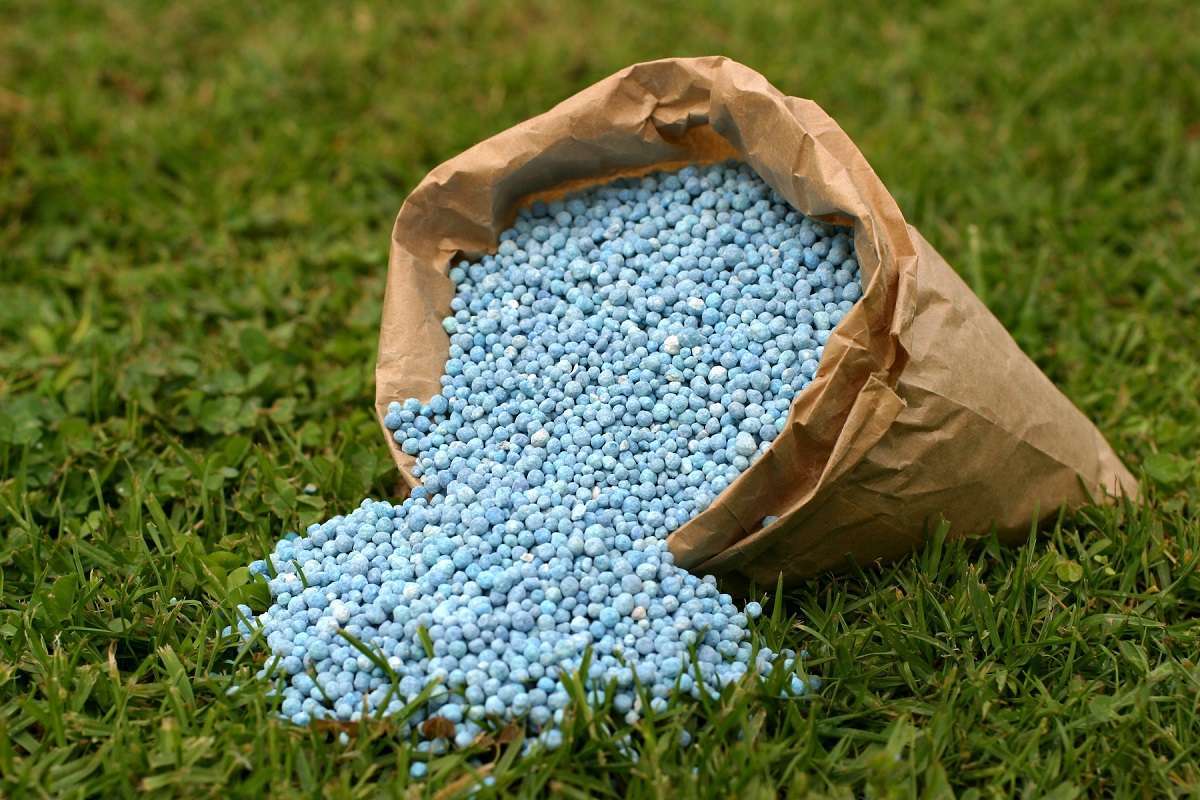
When to fertilize your lawn in Idaho?
- Mid-to late-April, once the soil temperature reaches 55 degrees.
- Three times during the summer growing season: mid-May, around the end of June, and in early to mid-August.
- Fall. (Don’t skip it. The final fertilizer treatment in fall includes important slow-release granular fertilizer that feeds your hungry lawn for the winter and helps it pop back up, ready to impress, in the spring.)
3. New House with a Bad Lawn? Consider Aeration
You’ll be amazed how much aeration can revive your terrible new lawn.
When your soil becomes compacted, your lawn can't breathe. Its roots can't take in water or nutrients, which weakens your turf and opens the door for disease and weeds.
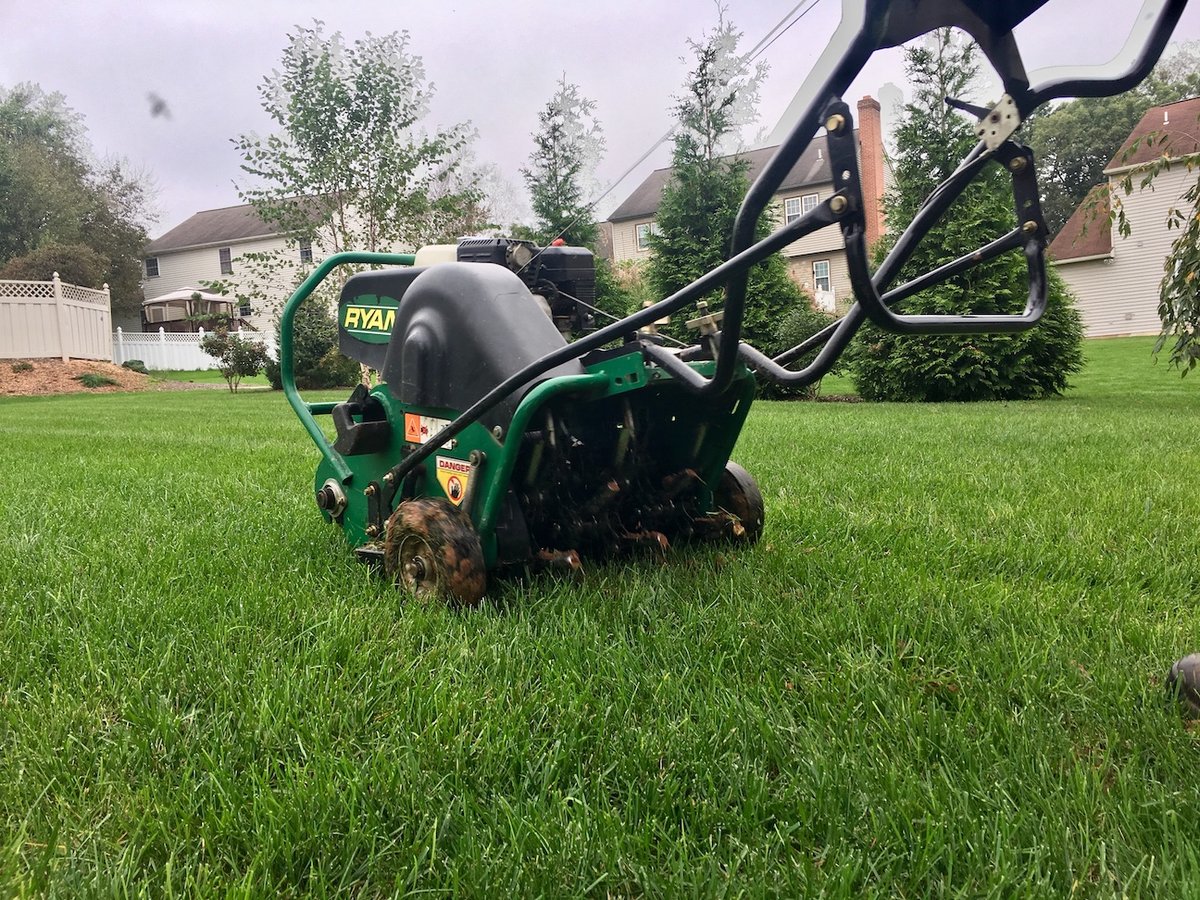
Does your new lawn have clay soil? Bad news — soil with a high clay content is especially likely to get compacted, as the particles squeeze together tightly, making it tough for water and oxygen to get through.
Aeration uses a machine to pull out tiny cores of soil from your lawn, allowing water and oxygen to get to the roots.
Then, time for seed…
4. Choose the Best Grass Seed
All those little holes created by aeration are perfect cozy homes for new grass seed to revitalize your lawn.
If your new house has a terrible lawn, revive it with the best grass seed for Idaho — a mix of of 80 percent Kentucky bluegrass and 20 percent perennial ryegrass.
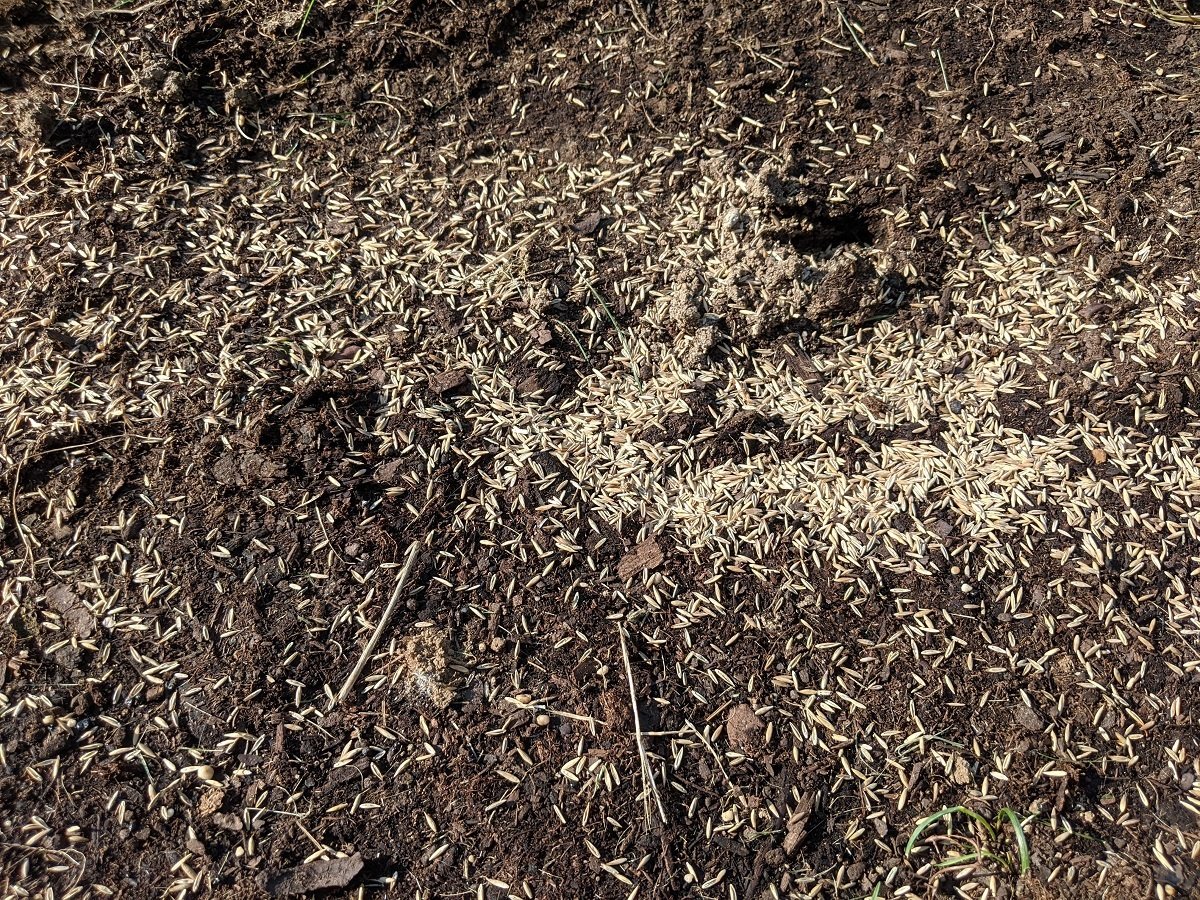
Unlike a single-variety grass seed, blends give you the benefits of more than one variety or species.
Blends are also more likely to withstand diseases than single-species lawns, because of their genetic diversity.
5. Get a Lawn Soil pH Test
If your new home has a bad lawn, it could mean its soil pH is off, and needs lime or gypsum to balance it.
Soil pH is a way to measure the amount of acidity or alkalinity in your lawn’s soil.
If your lawn soil pH is too low, it’s time for lime, a soil amendment made from ground limestone rock, which contains calcium carbonate and magnesium carbonate.
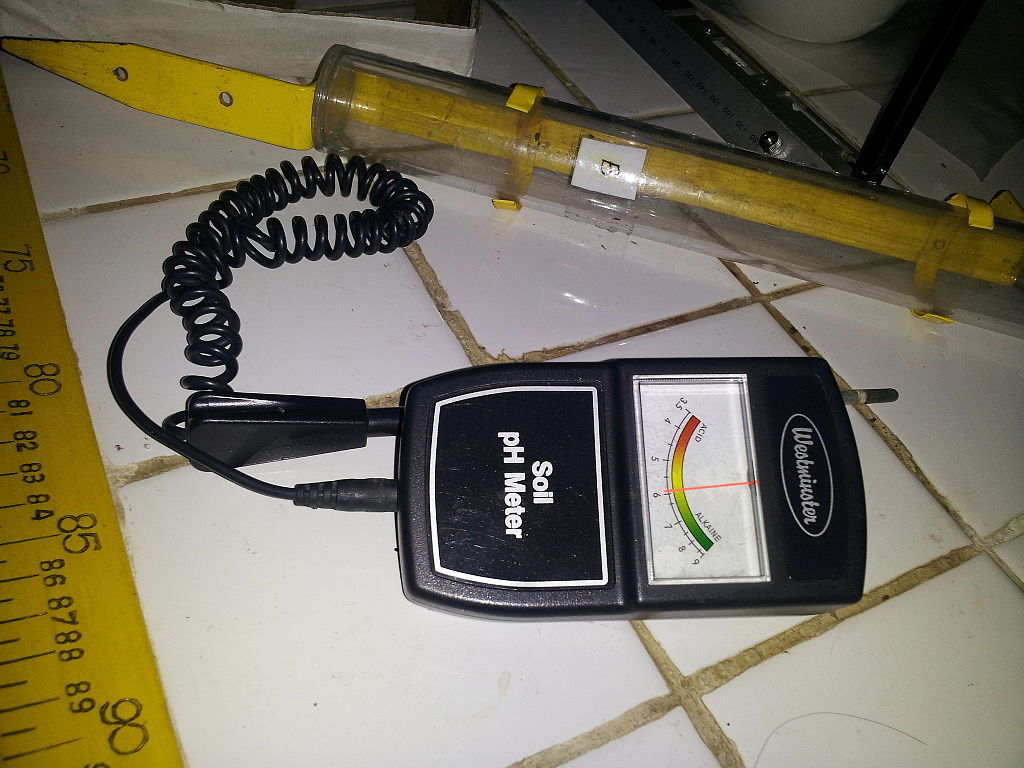
Or, if your lawn soil pH is too high, your lawn might need gypsum, a mineral that contains hydrated calcium sulfate.
Both work to balance the pH level of your lawn. Once your lawn is balanced with the right pH, your soil can actually use the nutrients in your fertilizer, and flourish.
A simple soil pH test will tell you if your lawn’s soil needs a boost.
6. Boost Your Soil Quality
Good soil is key to a healthy lawn. But chances are your new house with a terrible lawn isn’t the only one on the block that needs help.
A lot of homes have turf growing on a thin layer of poor soil that could really use some help.
How do you improve your lawn’s soil quality? Here’s the dirt:
- Add organic matter. All that stuff that looks like waste —plant debris, shredded leaves, grass clippings — adds great nutrition to depleted soil.
- Top dressing. Add about a quarter inch of compost or peat moss to gradually enrich your lawn’s soil without digging everything up and starting over.
- Use a mulching blade on your lawn mower. As the grass clippings decompose, they create a layer of compost on top of the soil. You can also mow over leaves in the fall instead of raking them, as this also adds organic matter into the soil.
7. New House with a Terrible Lawn? Check for Bugs
If your new lawn has been neglected, it’s made a bunch of hungry bugs really happy. Lots of Idaho insects have likely been feasting on it, and grubs are often the gross little culprits.
The squishy little villains feast on your lawn’s roots, causing whole sections of it to turn brown, wilt, and die.
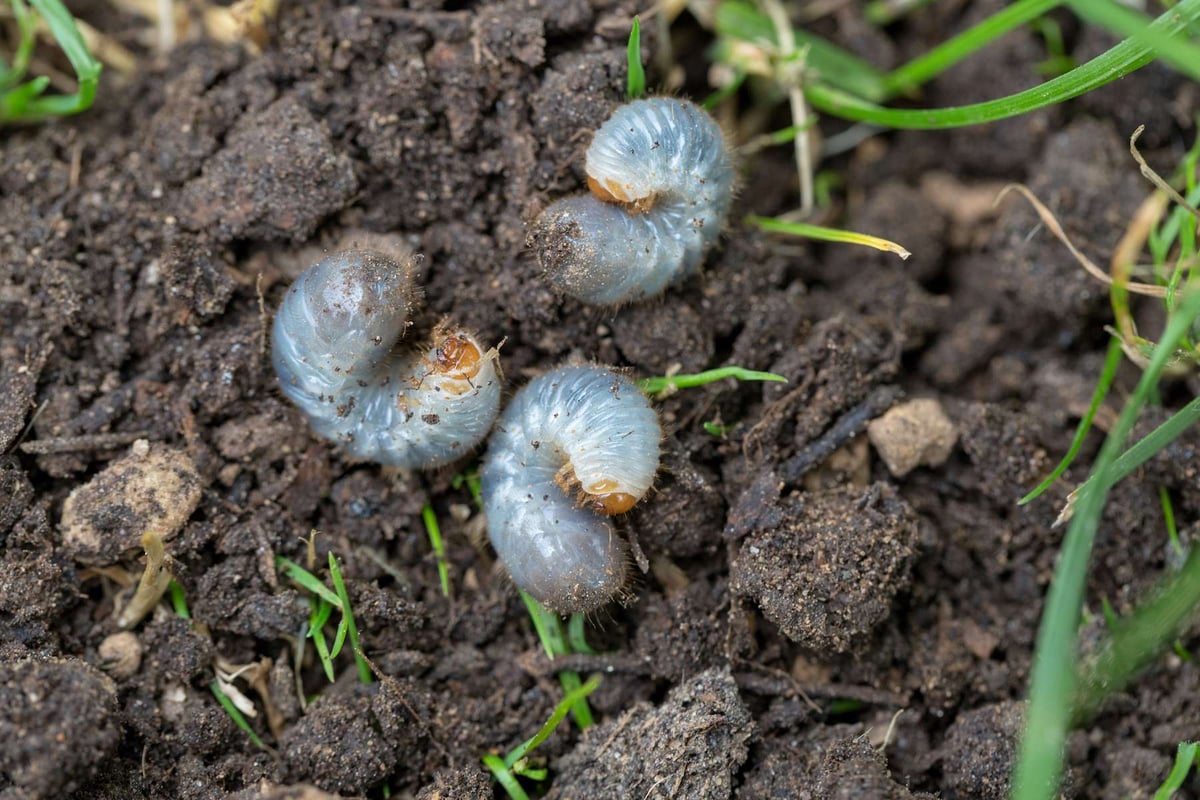
Lawn care pros can help you figure out what bug or bugs are damaging your lawn, and will likely suggest an insecticide or other treatment to get rid of them.
When it comes to grubs, prevention is key. Lawn Buddies includes grub control in our six-step lawn care program.
8. New House with a Bad Lawn? Water Wisely
There’s more to watering your lawn than dousing it with water. The previous homeowners may not have watered enough. Or maybe they watered too much.
Be strategic about watering, so your grass gets the water it needs, but not too much.
Early morning is the best time — it’s still cool, so all that valuable water won’t evaporate in the hot sun.
And don’t think your grass needs watering every day. It doesn’t. Water too often, and it encourages shallow, needy roots.
Water less often but deeply, and roots will grow deeper and healthier.
If your new home doesn’t already have an irrigation system, consider installing one.
Unlike hoses and sprinklers, an irrigation system distributes water exactly where your landscape needs it. Sprinkler heads are placed precisely. Timers shut the system off automatically.
The result? You use as little water as possible while your grass thrives.
9. Mow Tall
Mowing seems easy enough, but the previous homeowners may have been among a surprising number of people who mow their grass too short, hoping to stretch out the time between mowings.
But cutting your grass too short stresses the grass, and makes it more susceptible to damage from insects and disease. Never cut off more than a third of the grass blade at any one time.
That way, the grass will develop a deeper root system to support the longer blades and need less water. That leads to a fuller, greener lawn.
Is Your Lawn Ready for a New Best Friend?
How to revive your lawn after buying a new house?
Why not turn to the pros? You have enough to do inside, with all the unpacking, painting, and figuring out which cupboard is best to hold your Star Wars mug collection.
Lawn care pros can help you diagnose what’s wrong with your terrible new lawn and boost your lawn’s health so it returns to its healthy green self again.
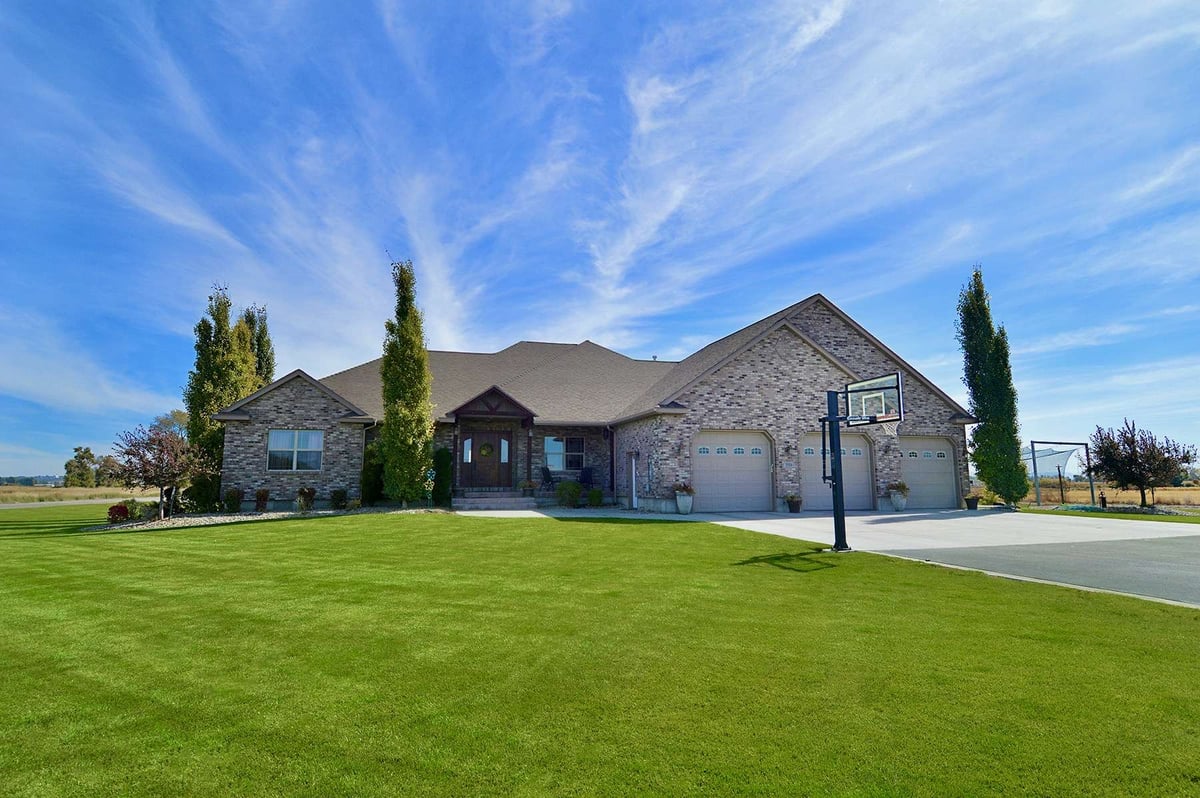
Choose an Idaho Falls or Boise professional lawn care service that bundles your yard’s most-needed treatments into one convenient, no-fuss plan.
Fertilizing, weed control, grub control. Done.
We’ve got your back.
Got a few minutes? That’s all you need to get started.
Fill out the form on this page.
Call us at (208) 656-9131.
Or read more about our services.
Then kick back and relax in your healthy, thriving yard.
Image Source: soil ph tester



